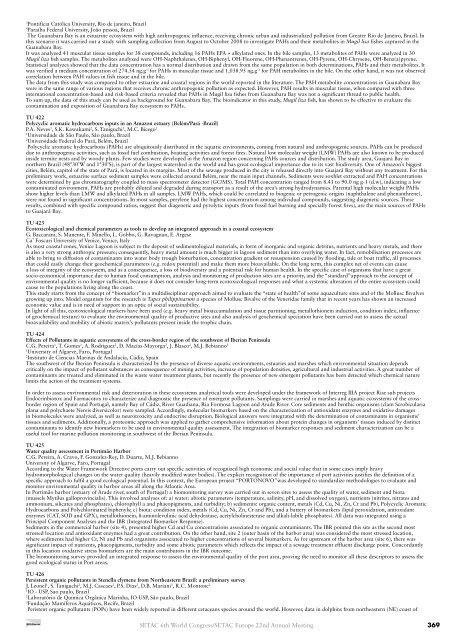
New Research Reveals Dangerous Shortcomings in Medicare Drug Coverage for Low-Income Seniors
Recent investigations have revealed alarming connections between interruptions in Medicare Part D prescription drug coverage and heightened mortality rates among America’s at-risk senior demographics. As countless low-income elderly individuals lose insurance coverage or essential subsidies, specialists alert that critical medications are becoming inaccessible—sometimes with dire implications.
A study conducted by the University of Pennsylvania, featured in the New England Journal of Medicine, indicates that seniors who lost access to the Low-Income Subsidy (LIS) through Medicare Part D faced mortality rate increases of as much as 22%. Additionally, an independent study by Mass General Brigham reports that approximately 3 million Medicare beneficiaries saw their Part D plans vanish from 2024 to 2025—an extraordinary increase that indicates escalating instability within the program.
Collectively, these revelations provoke a vital inquiry: As federal health policy progresses, are the monetary benefits from reforms being eclipsed by life-threatening risks for seniors?
Access to Medication Tightly Connected to Survival
The LIS, valued at roughly $6,200 each year per person, assists qualified low-income beneficiaries in affording crucial medications by lowering premiums, deductibles, and co-payments under Medicare Part D.
Researchers from Penn Medicine monitored nearly one million low-income seniors who lost Medicaid—and consequently, the LIS. The research uncovered:
– Individuals who lost the subsidy faced a 4% higher overall mortality rate.
– Mortality surged by 22% among those on HIV antiretroviral therapy—medications vital for survival.
– Over 2,900 seniors passed away during the 42-month research period.
– More than half of those who lost Medicaid later managed to regain it, suggesting many were mistakenly removed due to administrative mishaps rather than actual eligibility changes.
Lead researcher Dr. Eric T. Roberts highlighted the seriousness of these findings: “When Medicare beneficiaries lose Medicaid, they often find themselves unable to afford the medications essential for their survival.”
Dr. José F. Figueroa of Harvard’s T.H. Chan School of Public Health, who authored the study, added: “Continuous coverage can literally mean the difference between life and death for these individuals.”
Turmoil in Medicare Part D Amid Policy Changes
Although the losses in LIS are primarily a result of eligibility and enrollment challenges, a second source of upheaval is connected to structural modifications in the Medicare Part D marketplace, worsened by the Inflation Reduction Act (IRA).
Recent findings published in JAMA reveal that 2.9 million Medicare Part D enrollees lost their insurance provider between 2024 and 2025—an upheaval impacting 7.5% of all Part D recipients and up to 10.8% in specific plan categories. In contrast, previous years witnessed plan exit rates of under 2.3%.
What accounts for this sudden increase?
The IRA introduced reforms beneficial to consumers, including a yearly out-of-pocket cap of $2,000 on prescription drugs—capping costs for numerous beneficiaries starting in 2025. However, the legislation also diminished profit margins for insurers, particularly standalone Part D plans, prompting some to withdraw from the market.
Insurer departures were notably higher among:
– Standalone Part D plans (10.8%) compared to Medicare Advantage (4.5%).
– Enhanced plans (8.9%) versus basic plans (1.3%).
Potential Ramifications of Insurer Exits
For patients, changing plans is more than a mere hassle. Variations in formularies—the lists of medications a plan covers—can disrupt established therapies, postpone treatments, or lead to unforeseen expenses.
Dr. Christopher L. Cai, the lead researcher from Mass General Brigham, cautioned about systemic repercussions: “These plan disruptions diminish competition, restrict patient choices, and can escalate long-term out-of-pocket costs.”
Patients suffering from complex conditions or who depend on high-cost specialty drugs are most affected. Consistent with the findings from Penn Medicine, these populations face the highest risk of negative outcomes when their treatment is interrupted—even if only for a short period.
A Call for Policy Action
With Medicare Part D benefiting over 38 million Americans, experts are calling for immediate measures to mend gaps before further lives are endangered.
Proposed solutions include:
– Reinforcing Part D market participation by insurers—potentially through incentives or regulatory adjustments.
– Reducing the legal annual deductible (currently at $590) to alleviate the financial burden on patients.
– Creating a public standalone Part D plan to ensure universal access and enhance competition.
– Strengthening eligibility and renewal processes for Medicaid and LIS to avoid wrongful disenrollments.
“Policymakers must safeguard low-income elderly individuals who are disproportionately susceptible to system failures,” Dr. Roberts emphasized. “Preserving LIS access through maintaining Medicaid coverage isn’t merely cost-effective—it’s life-saving.”
Outlook: Balancing Reform and Risk
As IRA reforms take effect through 2025 and beyond, healthcare practitioners and legislative members must carefully manage a delicate balance: providing affordability while ensuring stability in a market that is increasingly vital to the health of Americans.
Early indications suggest that without protective measures in place, advancements in affordability could be compromised.